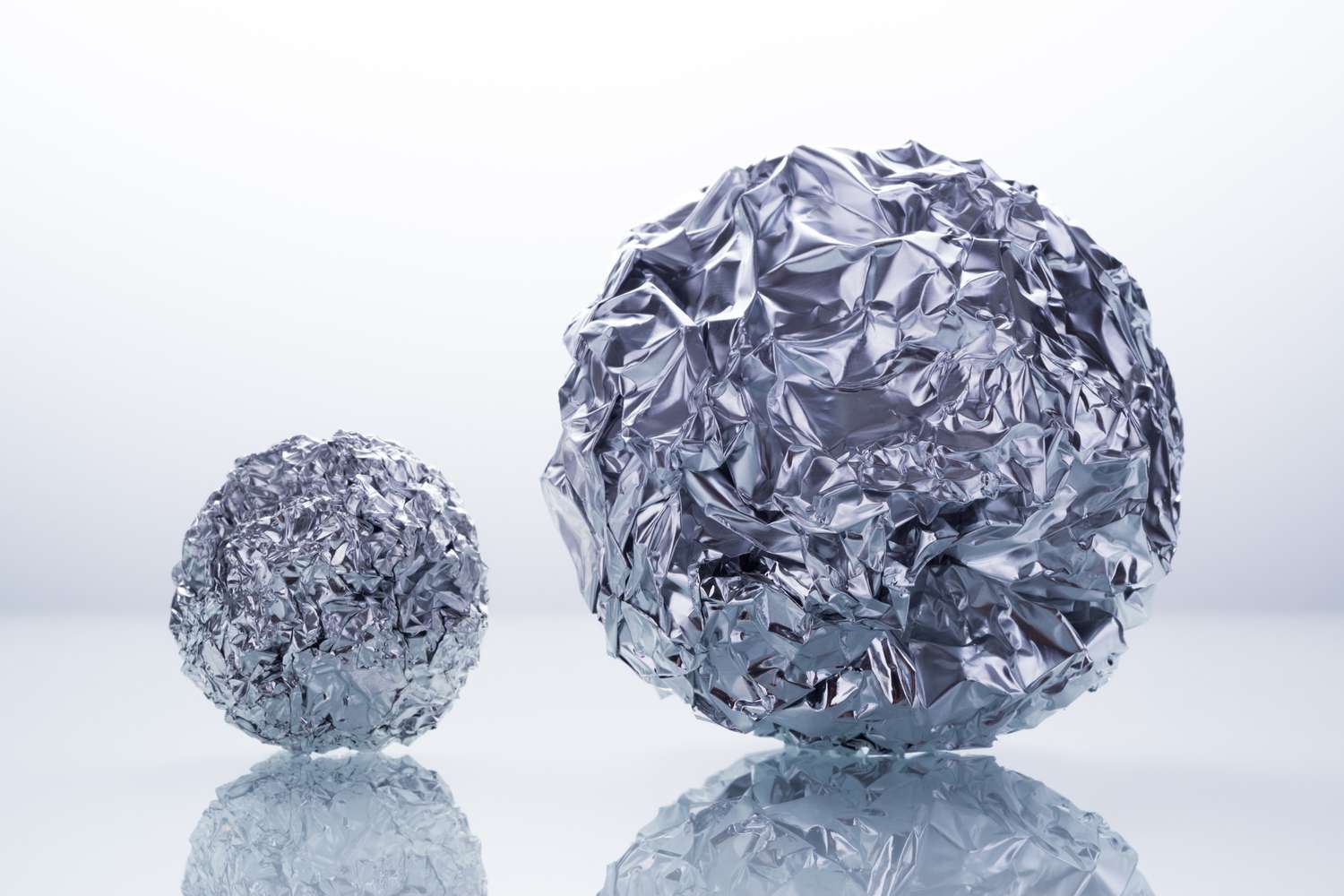
Sure, here is the introduction wrapped with
tags:
Are you ready to dive into the fascinating world of tin? In this article, we’re going to explore 18 fun facts about this remarkable chemical element. From its discovery to its various uses and properties, tin has played a significant role in human history and continues to be an essential material in modern industries. Whether you’re a chemistry enthusiast or simply curious about the world around you, these fun facts will shed light on the versatility and importance of tin. So, let’s embark on a journey to uncover the intriguing aspects of tin that make it such a unique and valuable element.
Key Takeaways:
- Tin, an ancient metal, is crucial for making bronze, preventing corrosion, and producing lead-free solders. Its unique “tin cry” and low melting point make it a versatile and valuable element.
- Tin’s uses range from food packaging to electronic components, and it has a rich history in mining. Its resistance to corrosion and malleability make it an essential part of human civilization.
Tin Fun Facts
Tin is a fascinating element with a wide range of uses and properties. Here are 18 fun facts about tin that showcase its importance and versatility.
Tin has been used by humans for thousands of years.
Archaeological evidence suggests that tin was used in the production of bronze as far back as 3000 BC, making it one of the earliest metals used by humans.
Tin has the atomic number 50 and the symbol Sn.
With an atomic number of 50, tin sits in the fourth period and 14th group of the periodic table. Its symbol, Sn, is derived from the Latin word “stannum.”
Tin is a silvery-white metal with a faint yellow tinge.
Its lustrous appearance and malleability make it a popular choice for various industrial applications, from soldering to coating other metals.
Tin has a low melting point of 231.93 degrees Celsius.
This relatively low melting point allows tin to be easily melted and cast into different shapes, contributing to its widespread use in manufacturing.
Tin is highly resistant to corrosion.
Unlike many other metals, tin forms a protective oxide coating when exposed to air, preventing further corrosion and making it an ideal material for containers and coatings.
Tin is commonly used as a coating for steel to prevent corrosion.
The process, known as tin plating, involves applying a thin layer of tin to steel surfaces to enhance their resistance to rust and corrosion.
Tin is a key component in the production of bronze.
When combined with copper, tin forms the alloy bronze, which was pivotal in the advancement of human civilization, particularly during the Bronze Age.
Tin has a crystalline structure and emits a distinctive crackling sound when bent.
This unique characteristic, known as the “tin cry,” is a result of the breaking and reforming of tin crystals when subjected to mechanical stress.
Tin is used in the production of lead-free solders.
Due to its low toxicity and excellent malleability, tin is a crucial component in the manufacturing of lead-free solders for electronic applications.
Tin is an essential element in the production of glass coatings.
Tin oxide is commonly used to create electrically conductive coatings on glass, contributing to the production of energy-efficient windows and touch-sensitive screens.
Tin has been linked to the development of “tin pest.”
At temperatures below 13.2 degrees Celsius, tin undergoes a transformation, known as “tin pest,” where it changes from a metallic form to a powdery, non-metallic allotrope.
Tin is a relatively rare element in the Earth’s crust.
Although not as scarce as some other metals, tin is less abundant than more commonly known elements like iron and aluminum.
Tin is used in the production of various chemical compounds.
Compounds such as stannous chloride and organotin compounds have applications in industries ranging from electroplating to agriculture.
Tin has been employed in traditional folk remedies.
Historically, tin was used in the form of tin foil to wrap certain herbal remedies, although this practice has largely been replaced by modern packaging materials.
Tin has a wide range of applications in the food and beverage industry.
From tin cans to tin foils, this versatile metal plays a crucial role in food preservation and packaging, ensuring the safety and longevity of various products.
Tin is a key player in the electronics industry.
Its use in soldering, plating, and lead-free components makes tin an indispensable element in the production of electronic devices and circuitry.
Tin mining has a rich history in various parts of the world.
From Cornwall in the United Kingdom to Bolivia, the mining of tin has shaped the economies and cultures of many regions across the globe.
Conclusion
These fun facts about tin shed light on the fascinating properties and versatile uses of this metal. From its place on the periodic table to its wide-ranging applications in various industries, tin has proven to be an indispensable element in our daily lives. Whether it’s used to create durable alloys, protect against corrosion, or even produce captivating tinplate art, tin continues to play a vital role in shaping our world. Its long history, unique characteristics, and environmental sustainability make it a standout material with enduring appeal. As we continue to explore and innovate, tin’s significance is likely to grow, further solidifying its position as a remarkable and essential element.
And here are the FAQs related to the title "18 Tin Fun Facts":
html
FAQs
What are some common uses of tin? Tin is commonly used for coating steel to prevent corrosion, in alloys such as bronze and pewter, as a component in electronic devices, and in the production of tinplate for packaging.
Is tin a rare element? Tin is not considered a rare element and is relatively abundant in the Earth’s crust, with significant deposits found in various countries around the world.
Can tin be recycled? Yes, tin is highly recyclable and can be reused numerous times without losing its beneficial properties, making it an environmentally friendly material.
What are the health effects of tin exposure? While tin is generally considered non-toxic, excessive exposure to tin dust or fumes can potentially lead to respiratory issues, known as “tin fever,” and other health concerns.
How is tin extracted from its ore? The process of extracting tin from its ore typically involves smelting, where the ore is heated with carbon to remove the oxygen and separate the tin metal.
What makes tin an attractive material for art and crafts? Tin’s malleability, corrosion resistance, and ability to form intricate designs make it a popular choice for creating decorative art pieces and intricate crafts.
Was this page helpful?
Our commitment to delivering trustworthy and engaging content is at the heart of what we do. Each fact on our site is contributed by real users like you, bringing a wealth of diverse insights and information. To ensure the highest standards of accuracy and reliability, our dedicated editors meticulously review each submission. This process guarantees that the facts we share are not only fascinating but also credible. Trust in our commitment to quality and authenticity as you explore and learn with us.


